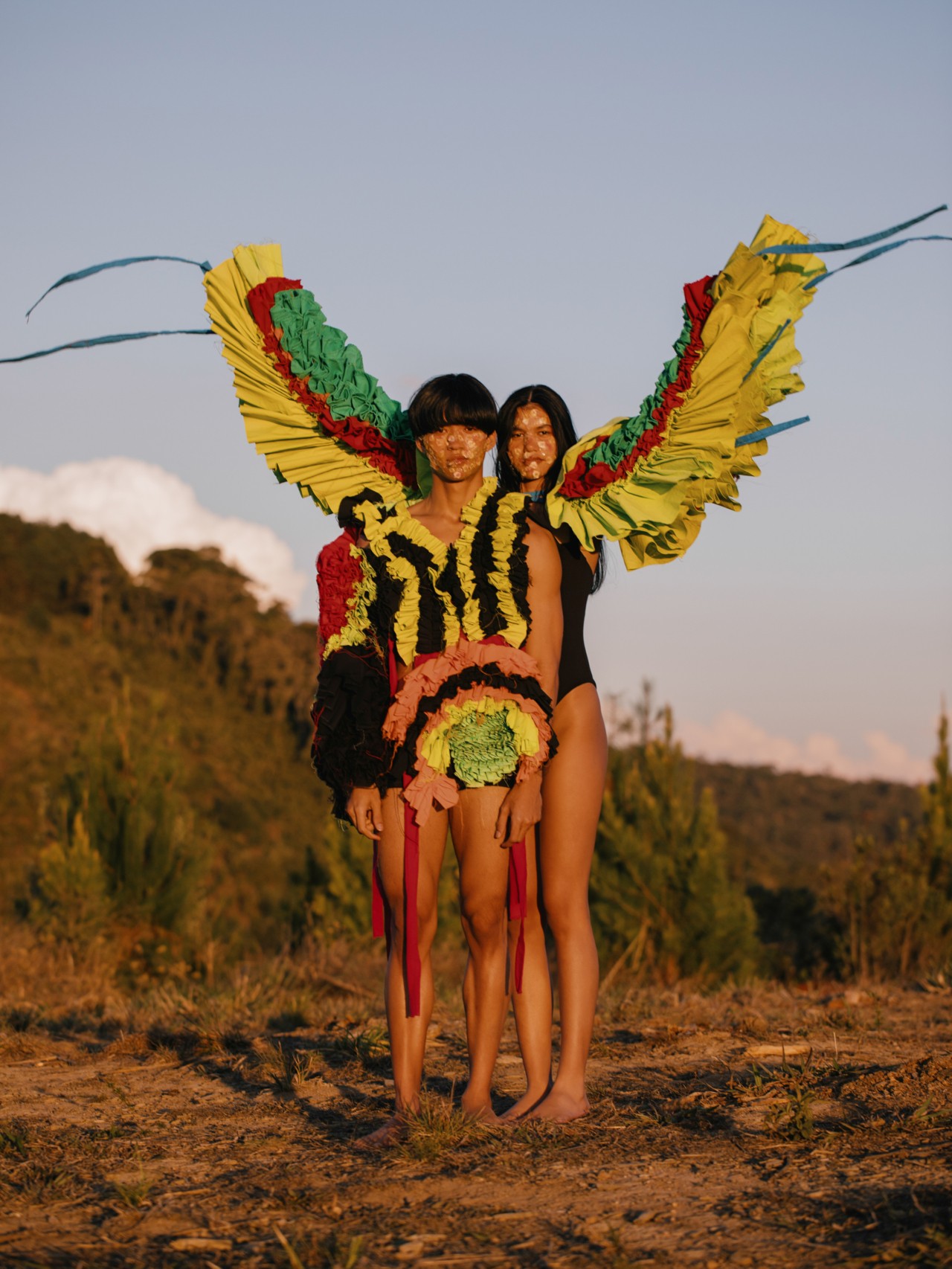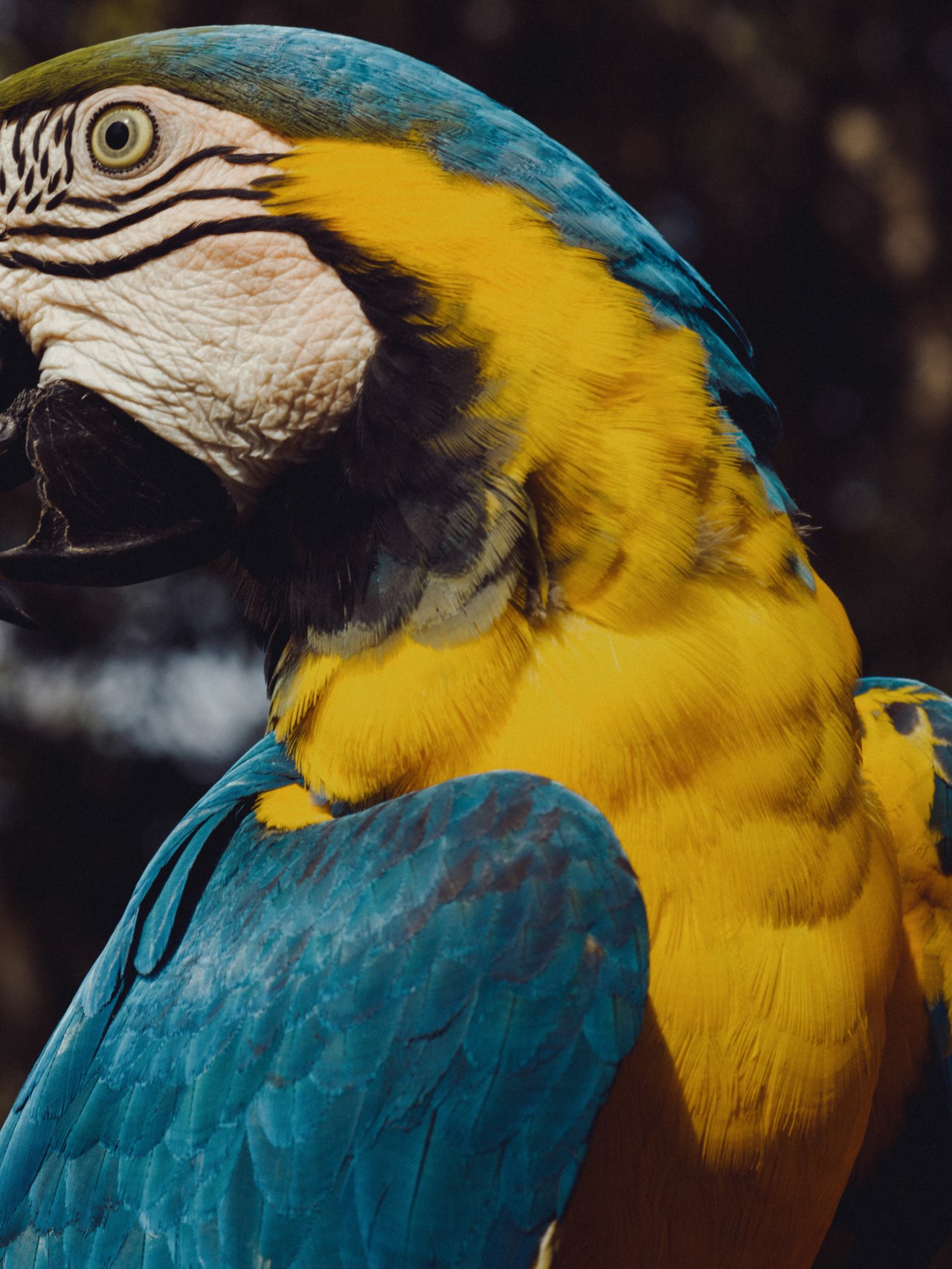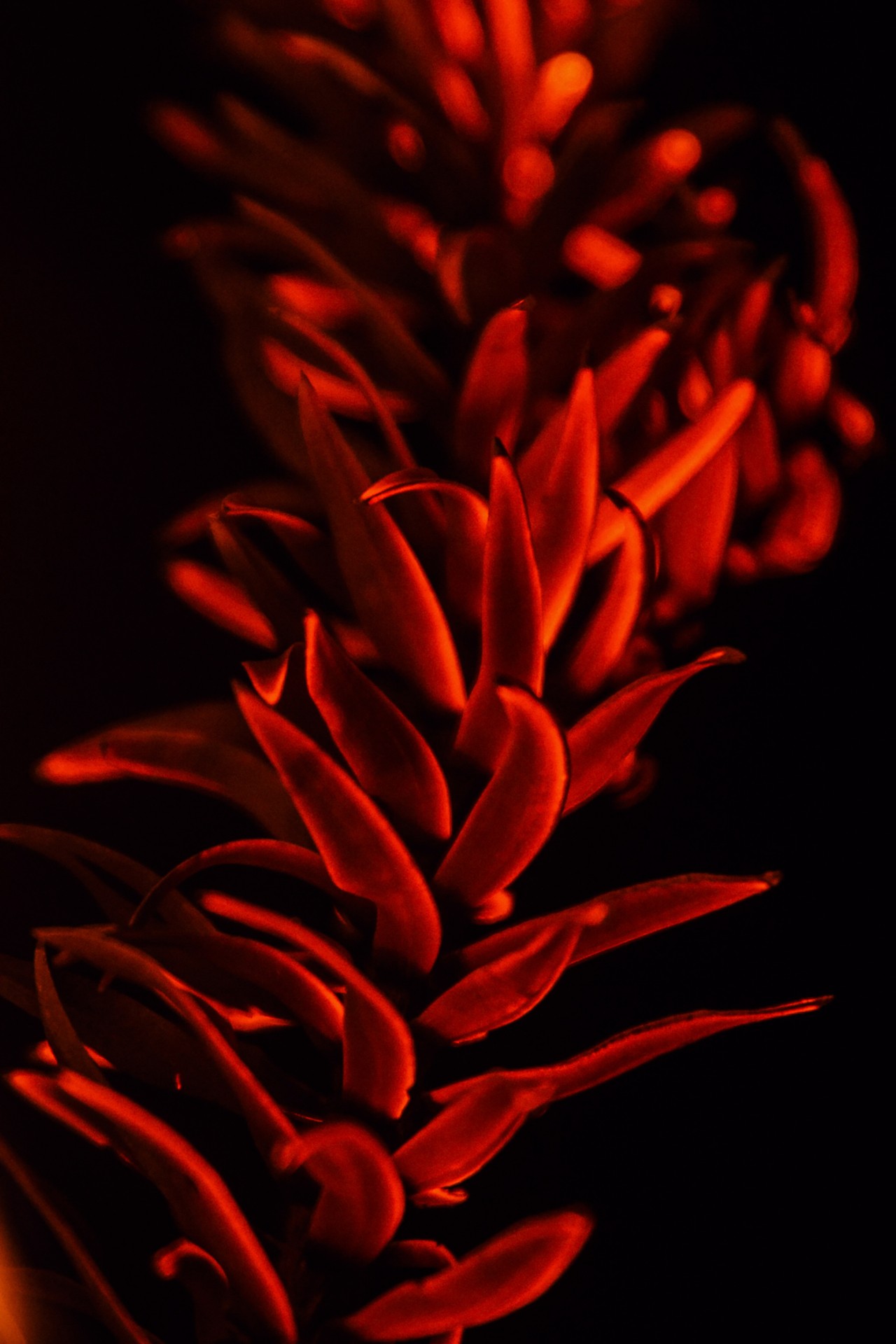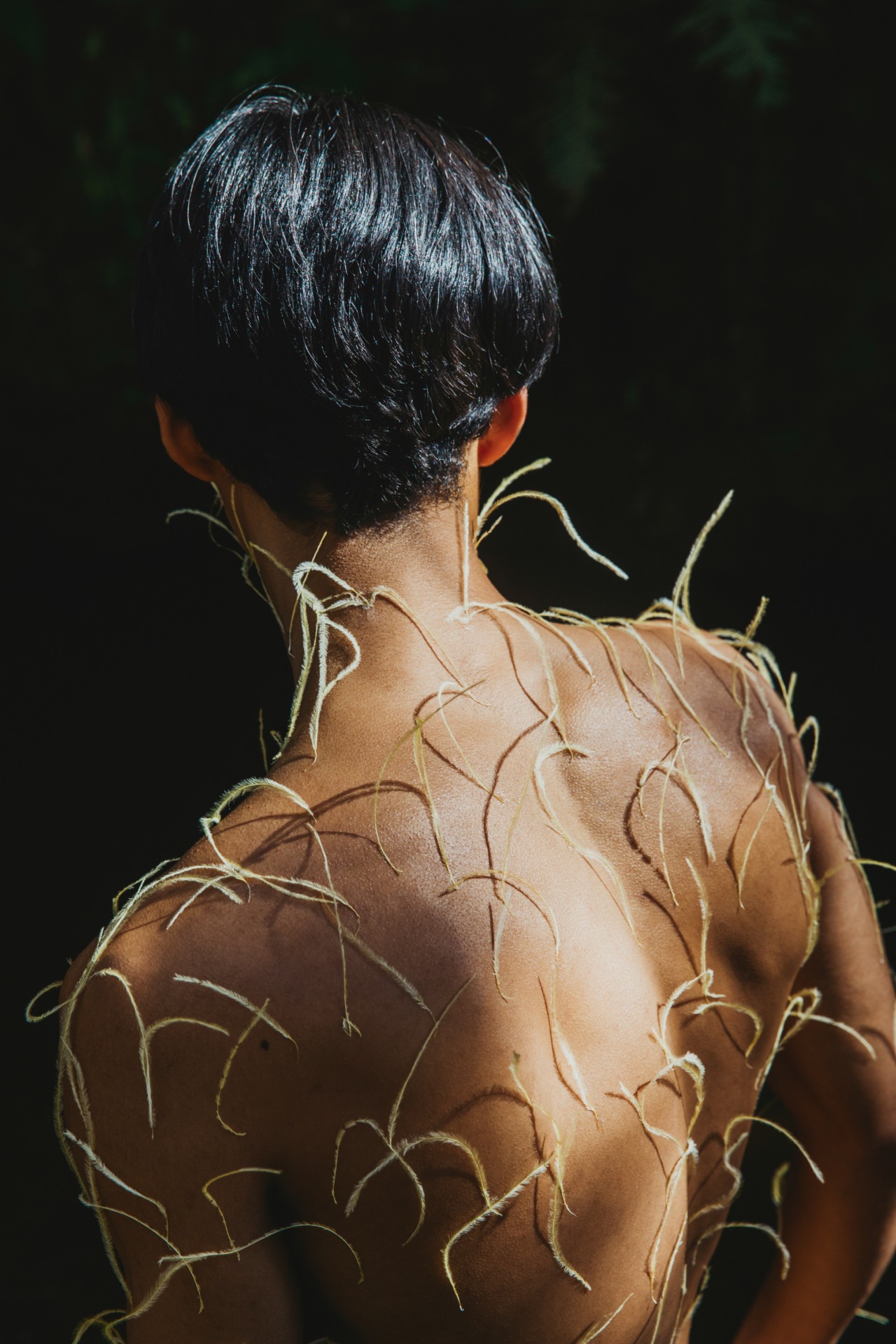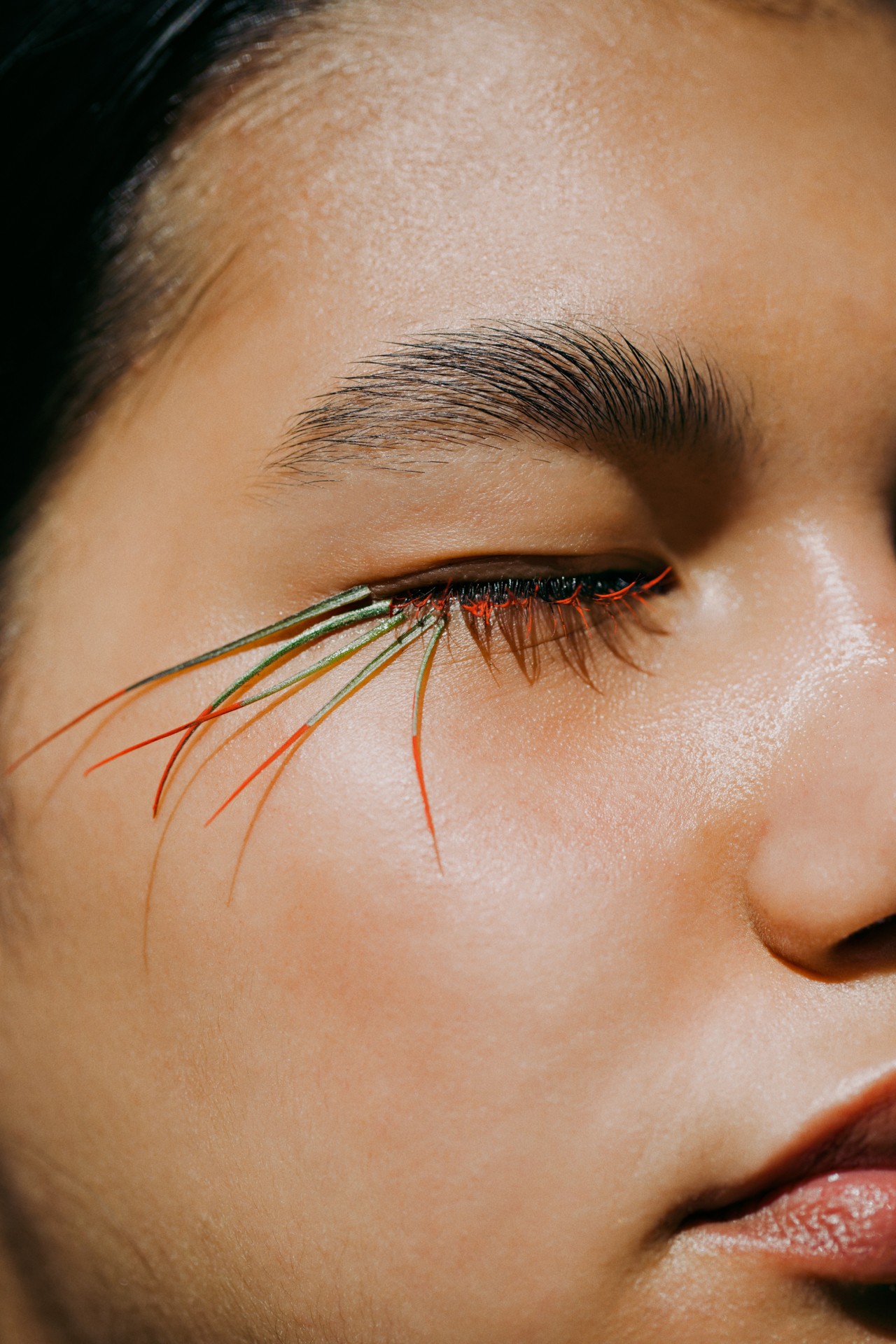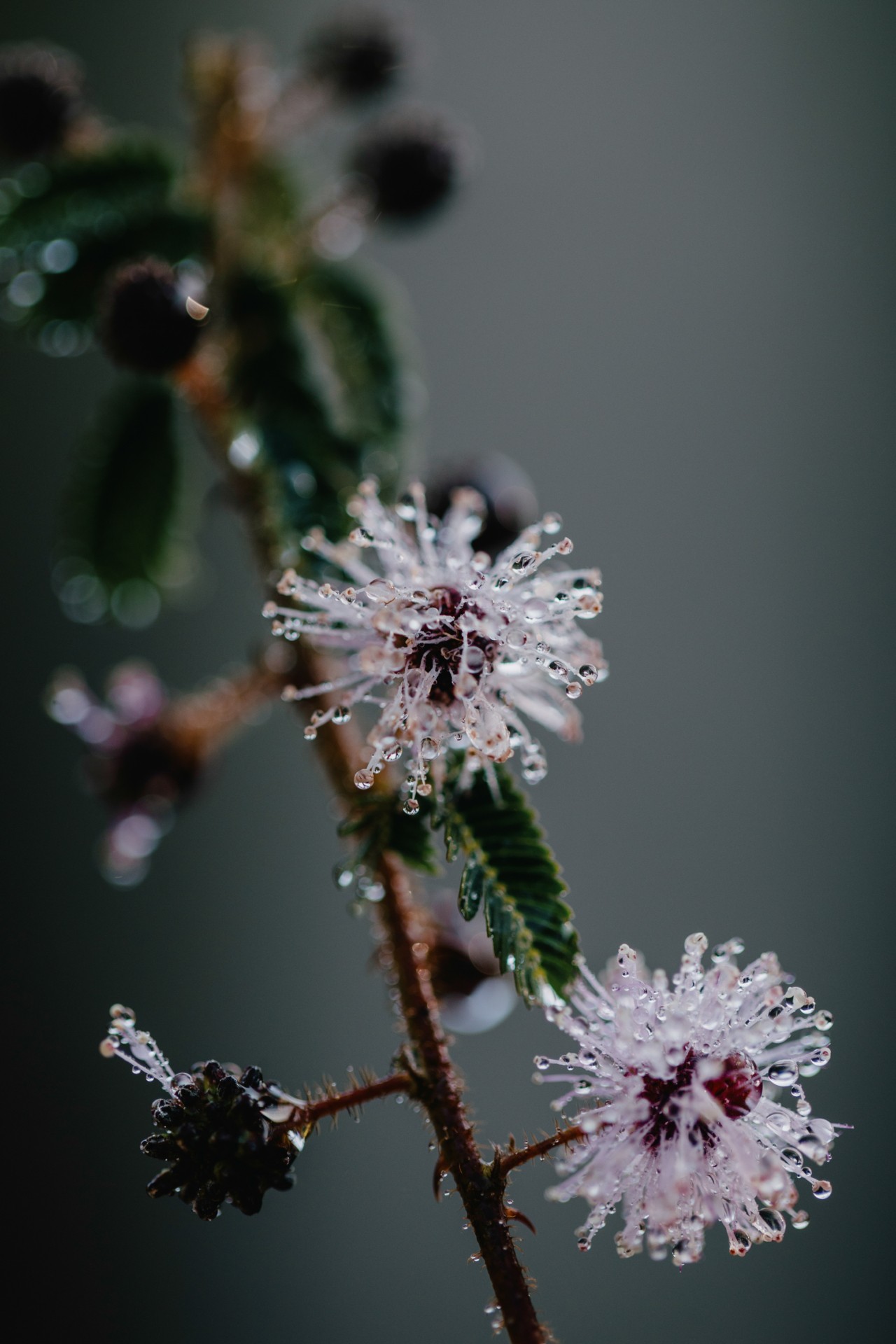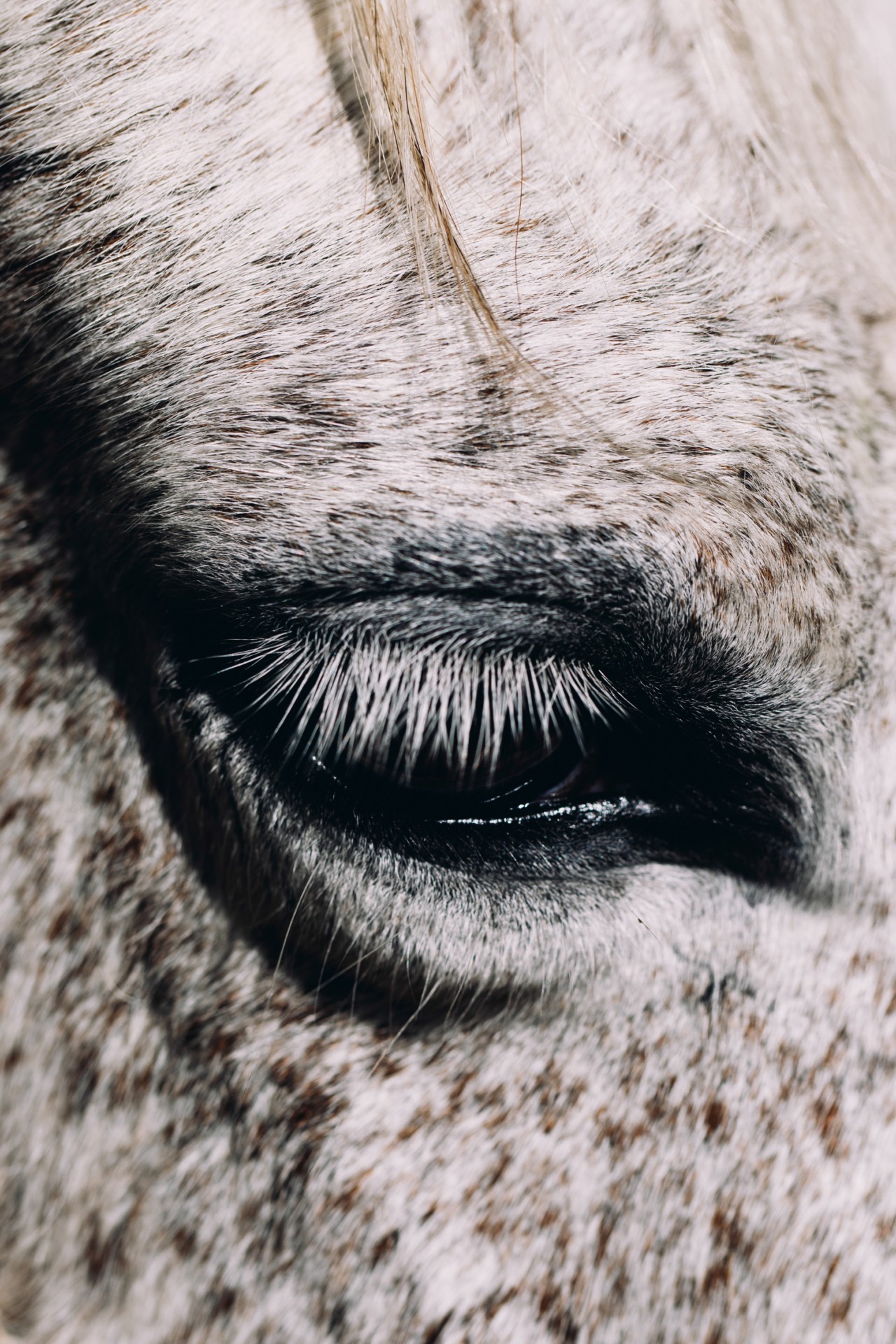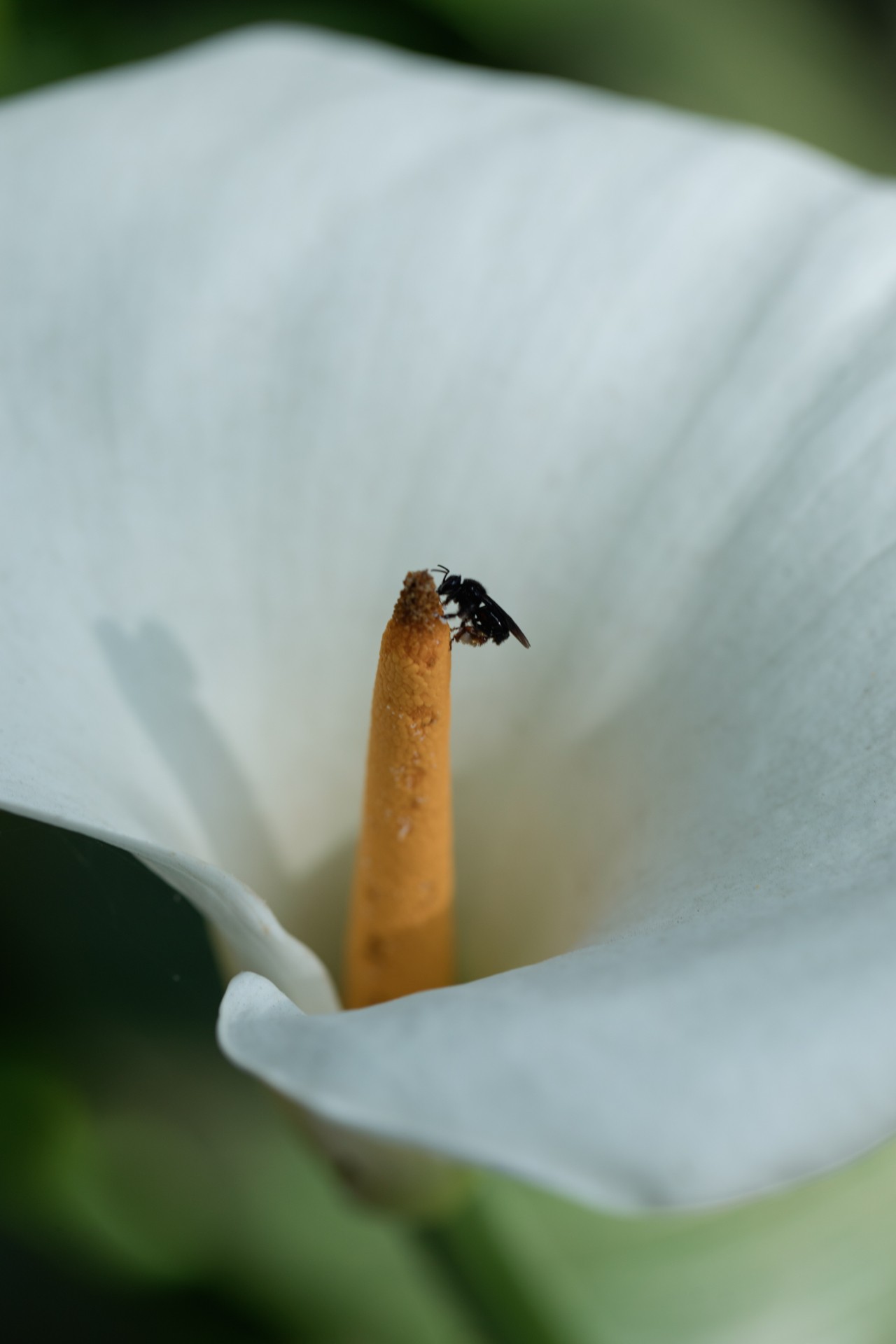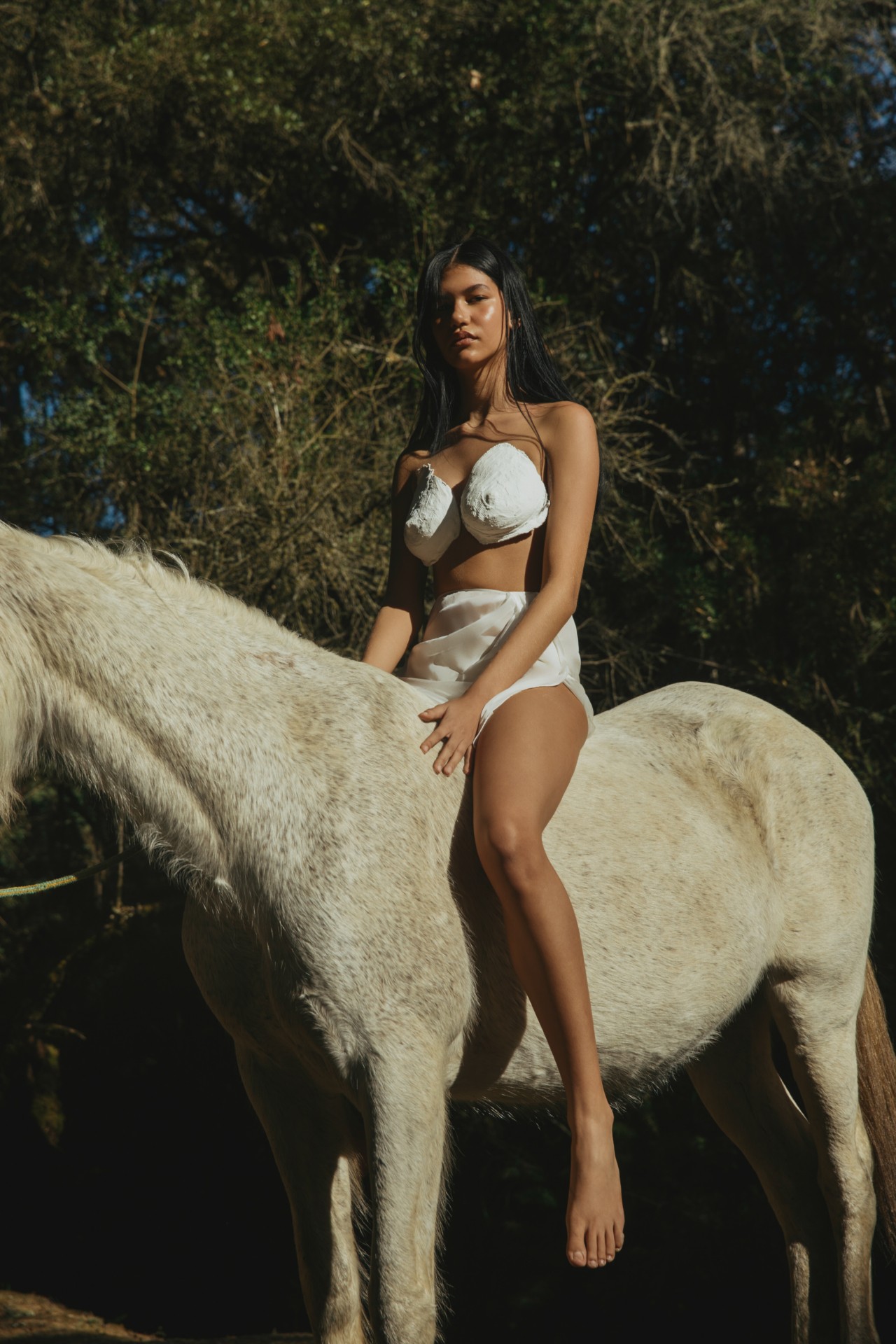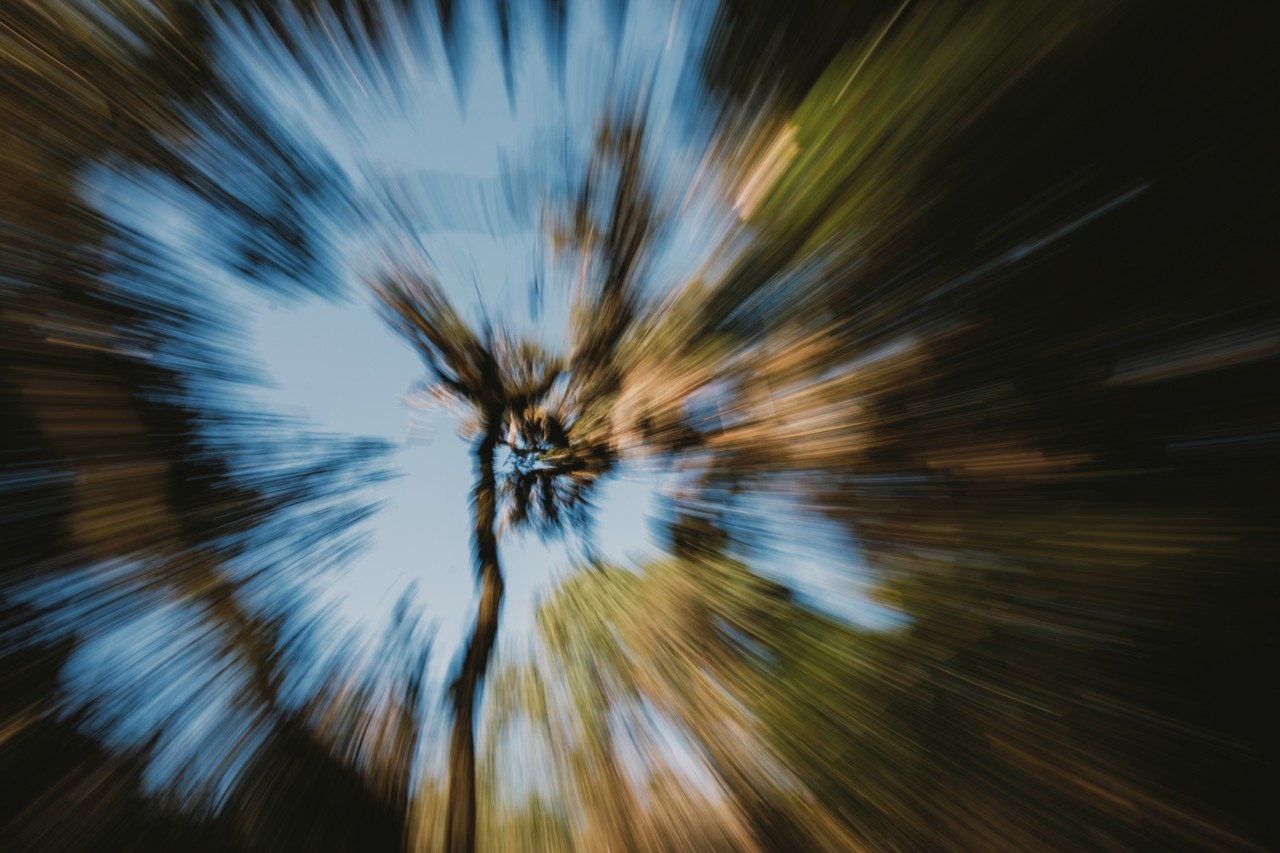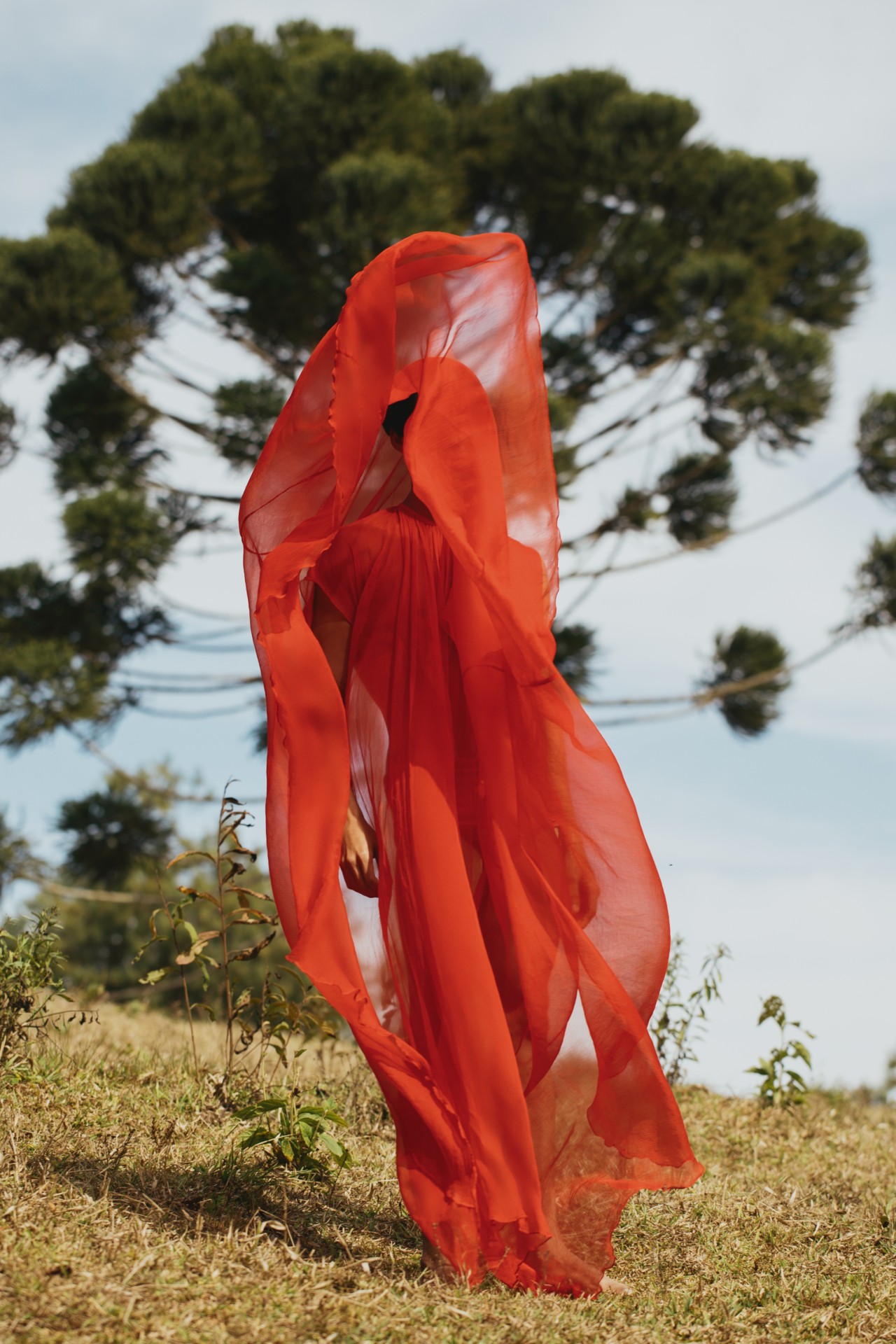

Along the eastern coast of Brazil lies the Atlantic forest, home to some of the world’s most essential biodiversity. About 2,200 animal species and 20,000 plant species have made shelter within its jungles; but, similar to those in the Amazon rainforest, their existence is increasingly threatened due to housing development, agriculture, and tree plantations.
This vital biome is only a fraction of the size of the widely lauded Amazon; however, its impact is just as paramount to Brazil’s ecosystem. Not only does 60% of the population depend on the rainforest for water, but it also produces 70% of the country’s GDP. Plus, it’s a natural resource for a host of other life-affirming benefits like clean air, climate regulation, soil protection, pollination, food, and medicine.
Protecting the Atlantic forest means protecting life, whether it be a plant, animal, or person. This is why Brazilian photographer Gleeson Paulino decided to turn his lens on this lesser known forest in a series shot for The Overview: Meditations on Nature for a World in Transition, highlighting the symbiosis among the organisms—humans included—that depend on it for survival.
“This project has underscored the interconnectedness between humanity and nature, emphasizing the importance of our consciousness in preserving and restoring the environment,” he said.




This desire to protect the land has been ingrained in Paulino since he was young. Growing up in the small state of Mato Grosso du Sul in Brazil, he was immersed in one of the most biodiverse ecosystems in the world, though he didn’t realize it at the time. His photography has since taken him miles away from his hometown, sometimes feeling like an outsider in the cities he’s landed in. But taking photos has always shown him a path back to himself, and shooting this series in a location so close to his roots gave him a chance to see himself clearly again.
The project took place in a part of the forest that Paulino and his friends acquired in efforts to restore it back to its native state. With it, he said he hopes to create a community of like-minded individuals, all working to foster an appreciation for the space’s importance.
“It used to be a pine tree farm, but we’re gradually removing non-native trees that were planted in monoculture, and making efforts towards rebuilding the native ecosystem.”
Over the years, the forest has been decimated to the point where less than 10% of the original forest remains, most of it in small fragments, despite the fact that it once spanned over 500,000 square miles across Brazil. Luckily, others share Paulino’s urgent mindset to protect and restore it—recent years have seen inspiring improvements to the land. According to World Wildlife, between 2000 and 2015, Brazil, Argentina, and Paraguay were able to increase the total protected forest area in the ecoregion by more than 20%.

“It’s a reflection on how human actions have disrupted ecosystems for decades, but by being mindful and taking action, we can reverse the damage.”
The work of Indigenous peoples in particular has been a crucial force behind the reason the forest still has a fighting chance. In fact, most of the areas still intact are located on Indigenous land. A study found that native Brazilians not only push back against further attempts at deforestation, but also initiate projects to restore biomes like the Atlantic Forest and Amazon, such as the reintroduction of native bees and the planting of trees and other vegetation that were once destroyed.
This is just one reason Paulino felt it was so important to include Indigenous models in the series, highlighting the people who have the most to teach about how to engage with nature in an ecological and responsible way.
“How [natives] connect with nature is so special that you cannot even translate it,” he said. “You have to be there to feel how important it is and how they know how to communicate with it, which is beautiful.”
Paulino and his team spent four days in the part of the forest near his farm, taking time to connect with one another and the organisms around them. Spiky bromeliads, spanish moss, and horsehair lichen were just a few of the species he photographed; others, he couldn’t recognize because he had never seen them before. A sense of symbiosis was established, said Paulino—not only with nature, but with each other. With everyone so relaxed, the series was able to come alive in the way he’d always intended.




His awareness of the significance of the region was heightened during the experience, especially since he approached the project from a lens of symbiosis and interdependence. The shoot taking place on land currently being transformed by his peers is a testament to that interconnectedness, making the process that much more special.
“Though it’s a small farm, the collective effort of these conscious individuals has the power to restore nature,” he said. “It’s a reflection on how human actions have disrupted ecosystems for decades, but by being mindful and taking action, we can reverse the damage.”
For Paulino, nature is everything. “I just hope when people look at my photos they understand how important it is to live with it, and that people feel connected to it.” Maybe even enough to save it.

creative director Gleeson Paulino talent Gabriely Dobbins, Kalu Maia hair & makeup Branca Moura executive production Yasmin Porto production Katja Taeubert photography assistant Jonas Steinberg styling assistant Henrique Maciel Retoucher Felipe Caetano
Join our membership community. Support our work, receive a complimentary subscription to Atmos Magazine, and more.
In Brazil’s Atlantic Forest, Gleeson Paulino Paints a Picture of Symbiosis
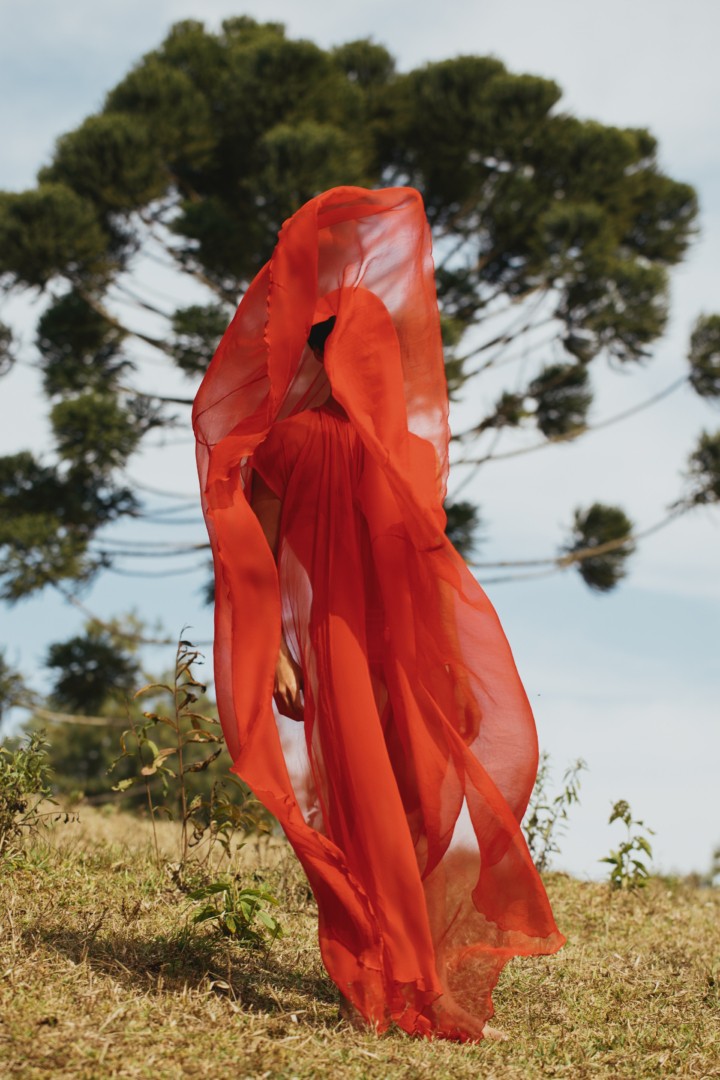
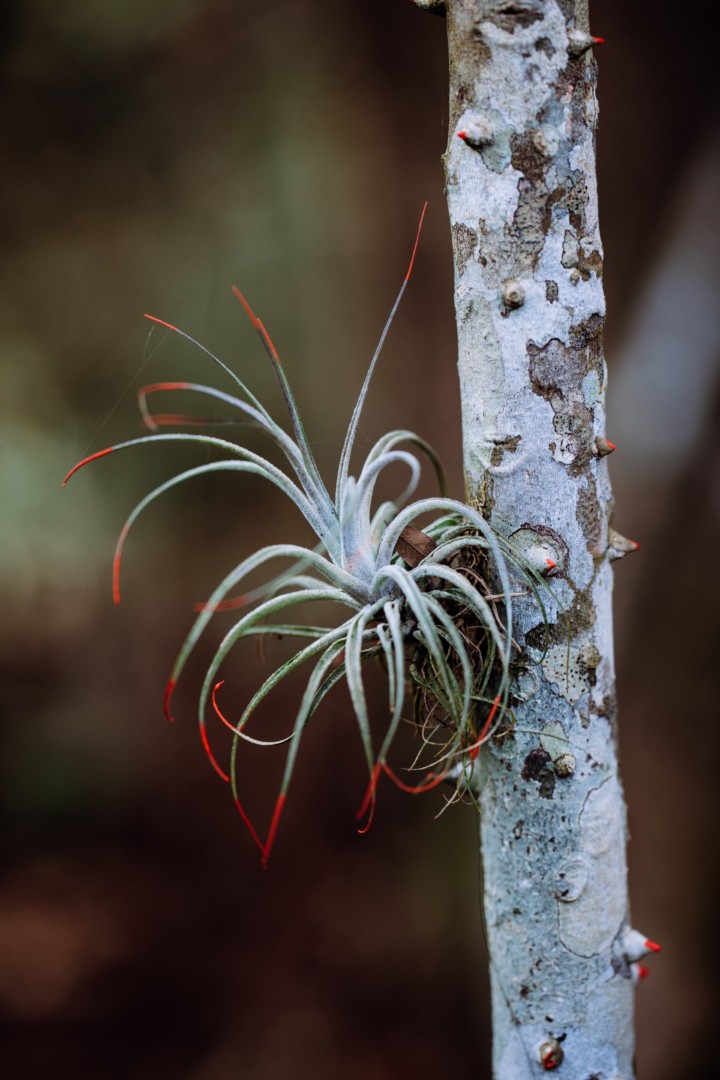
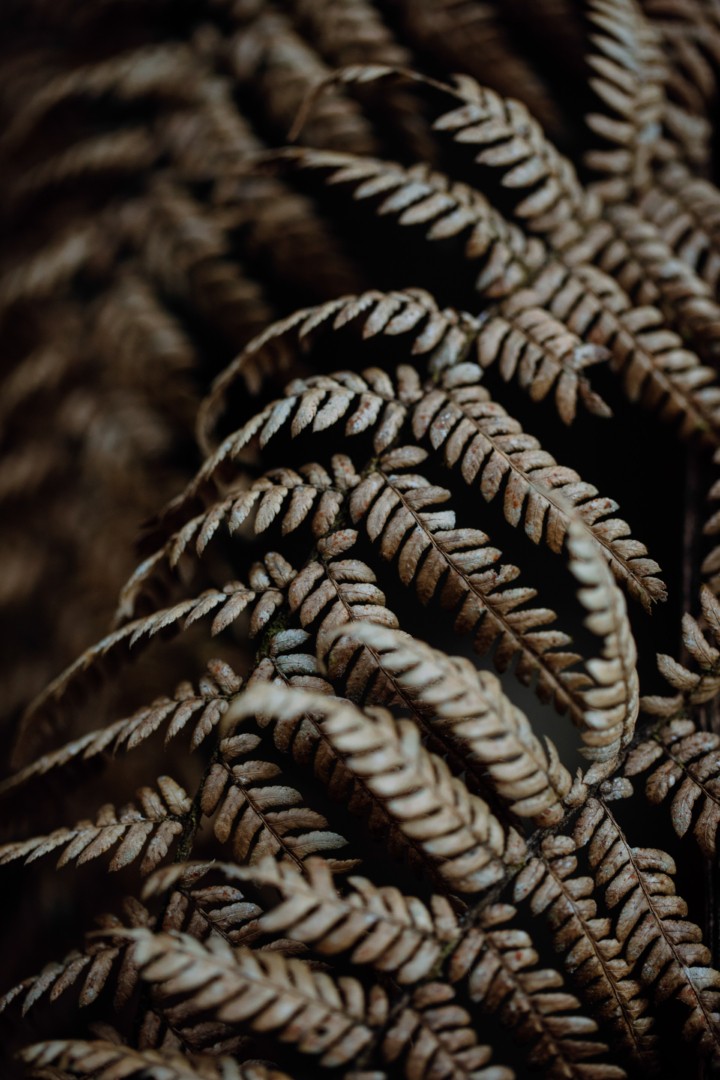
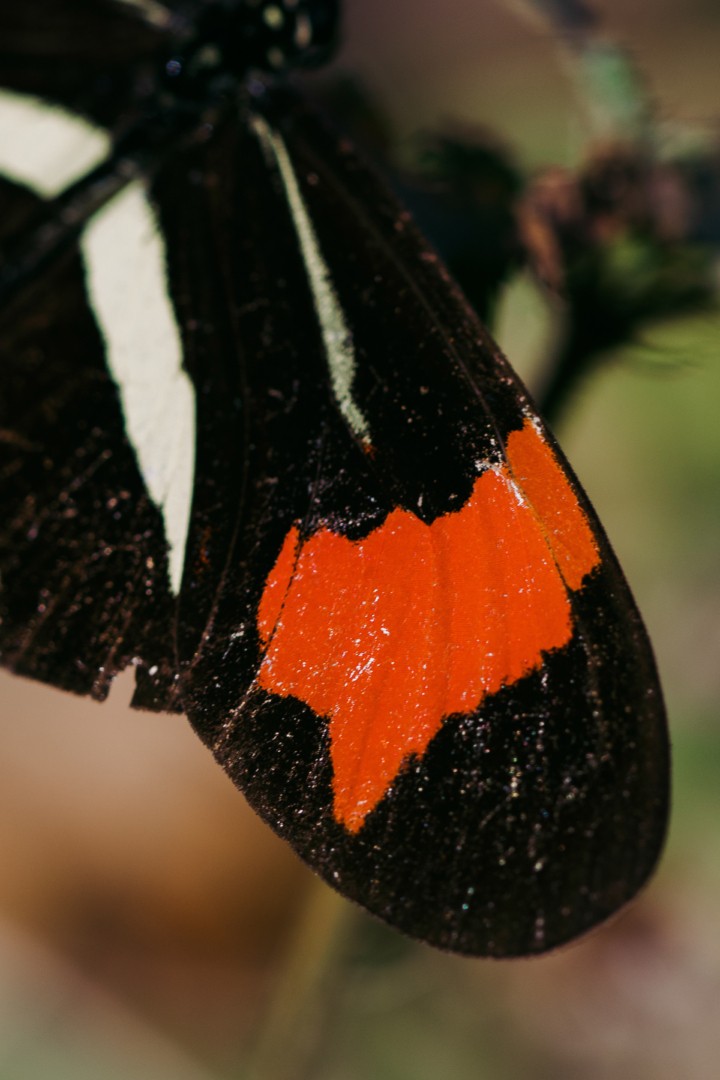
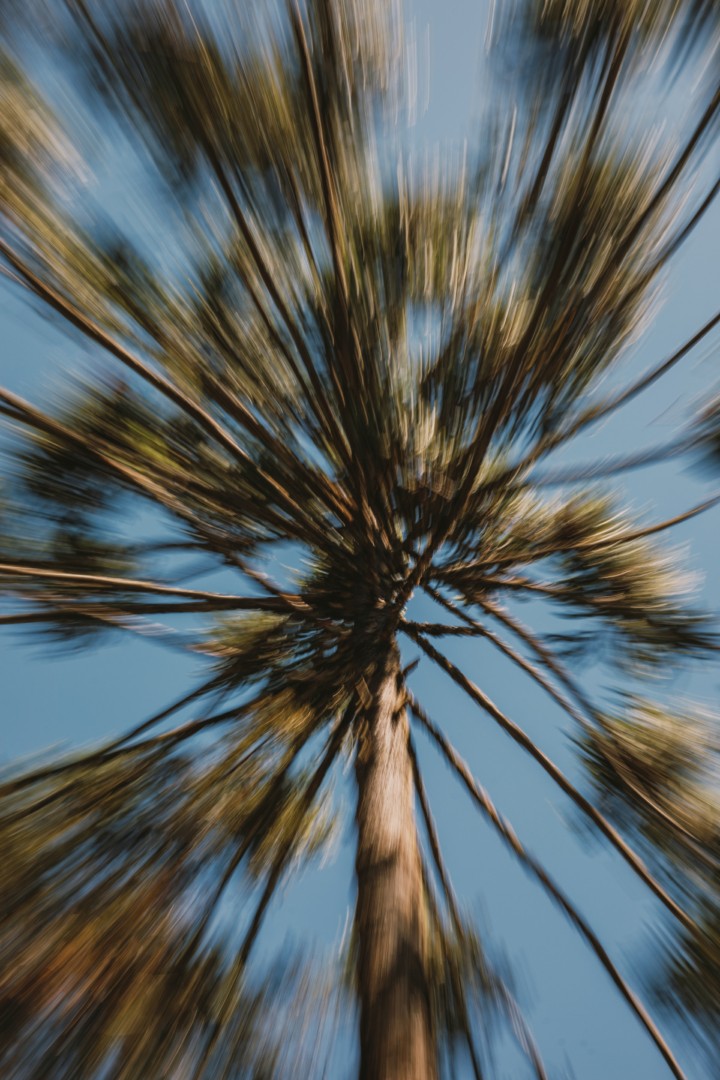
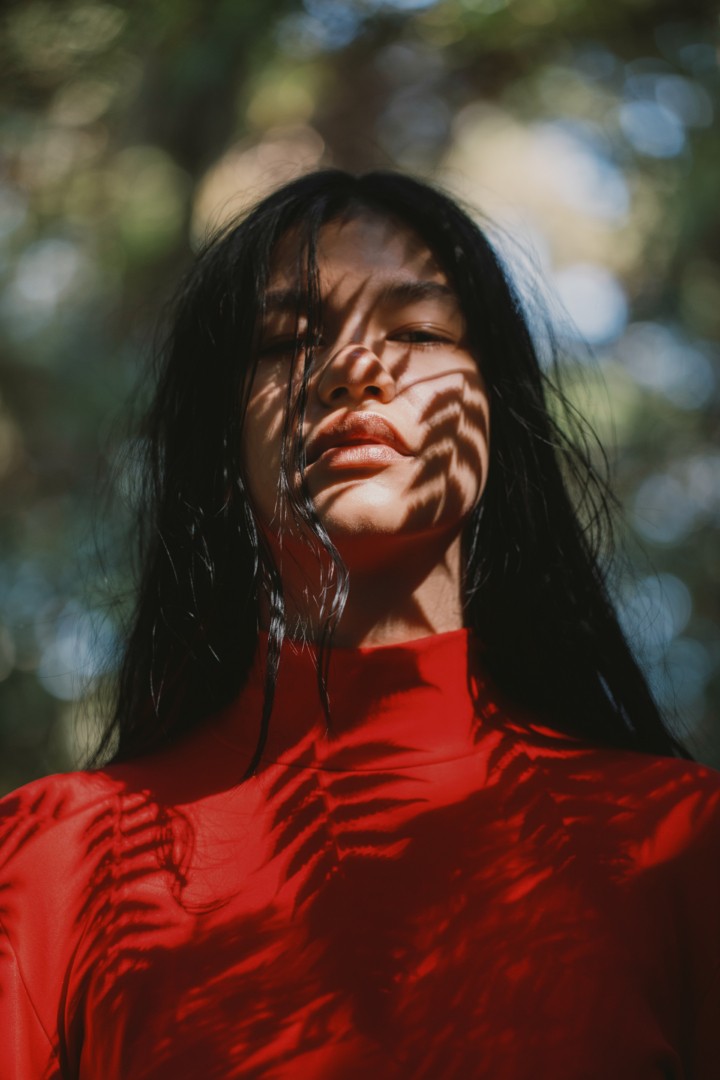

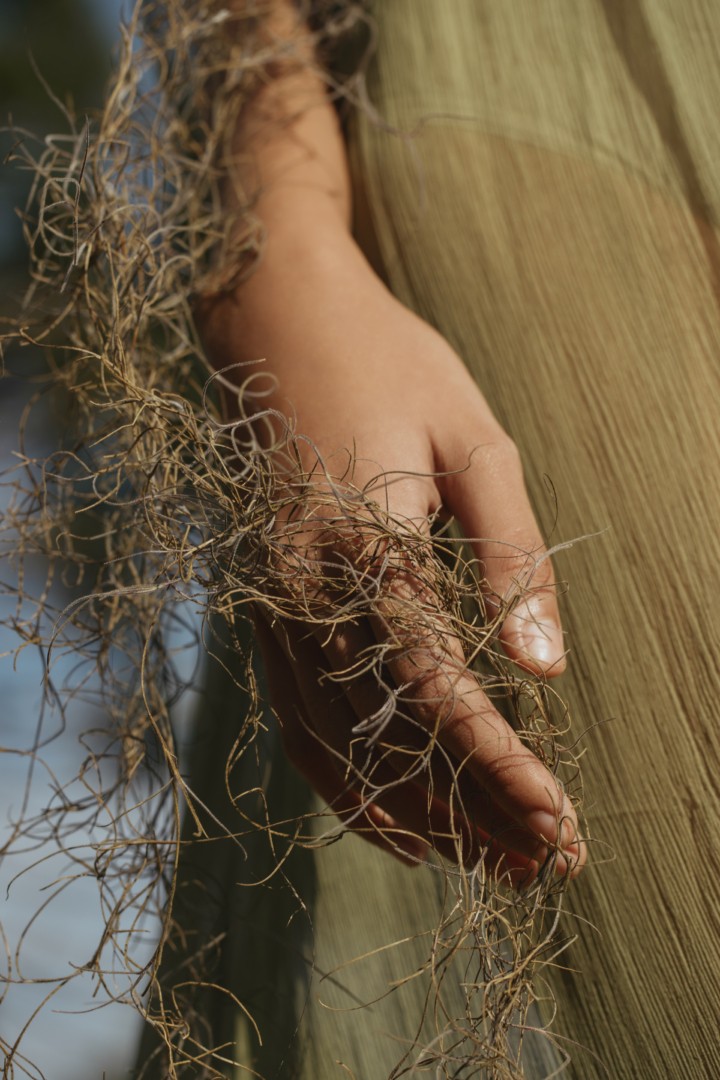
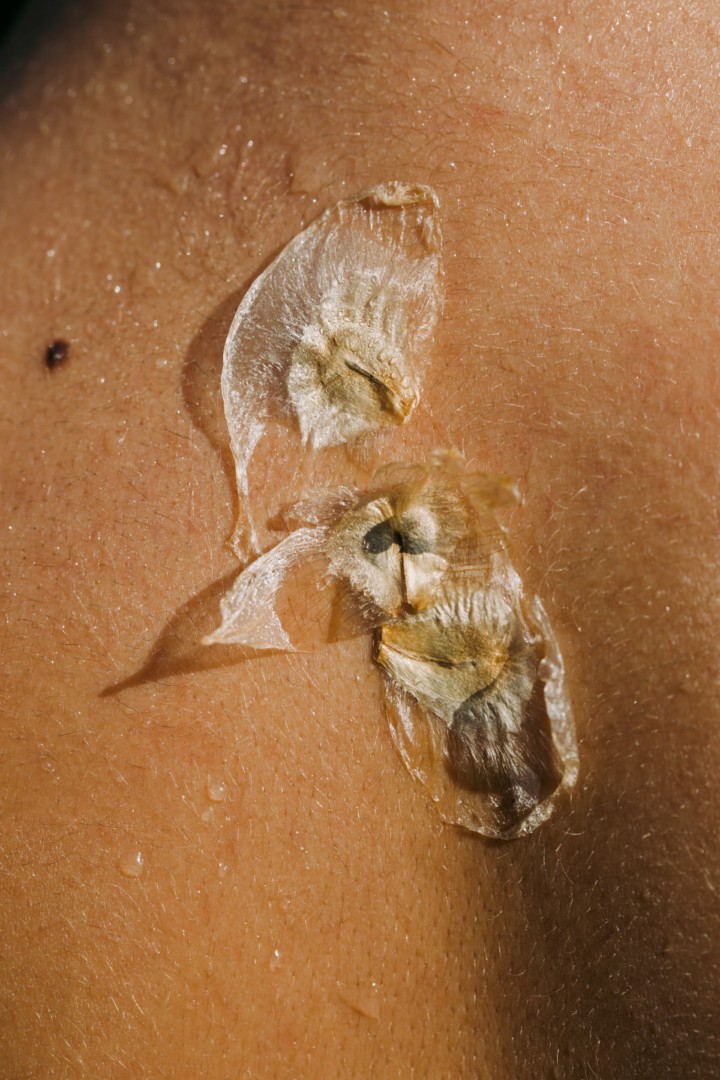
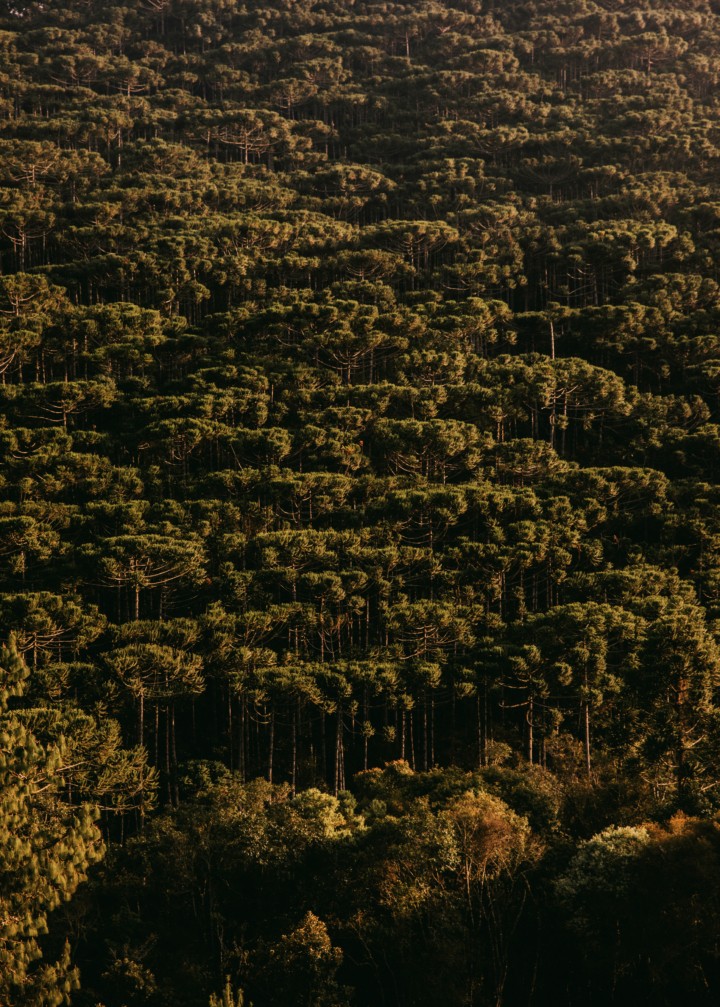
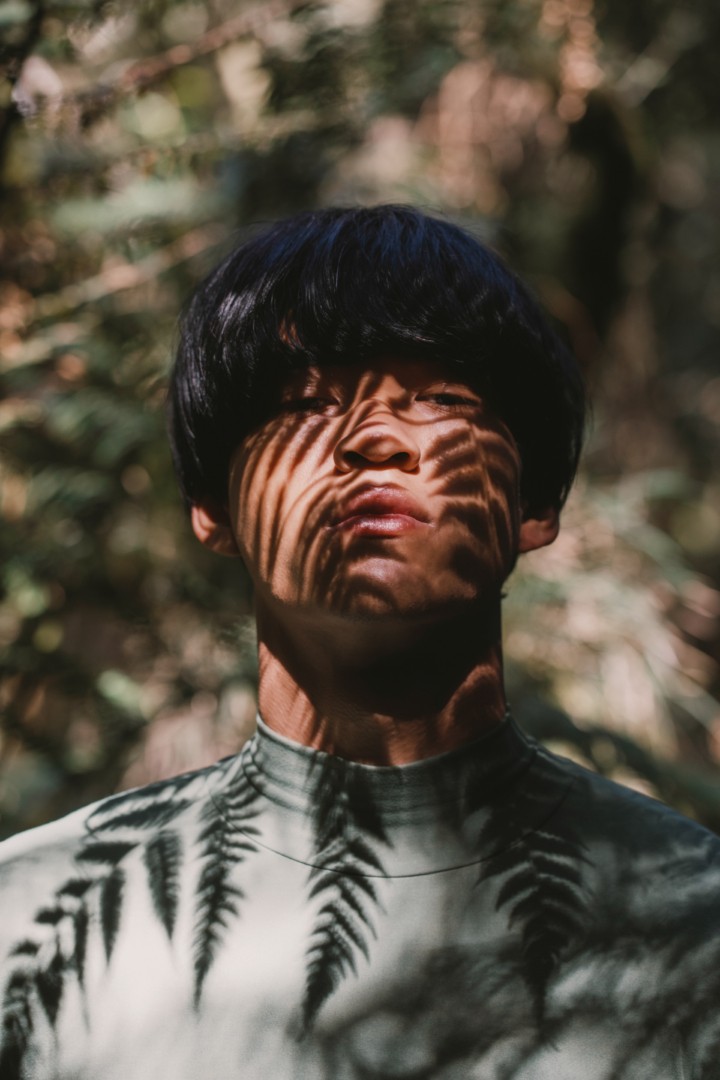
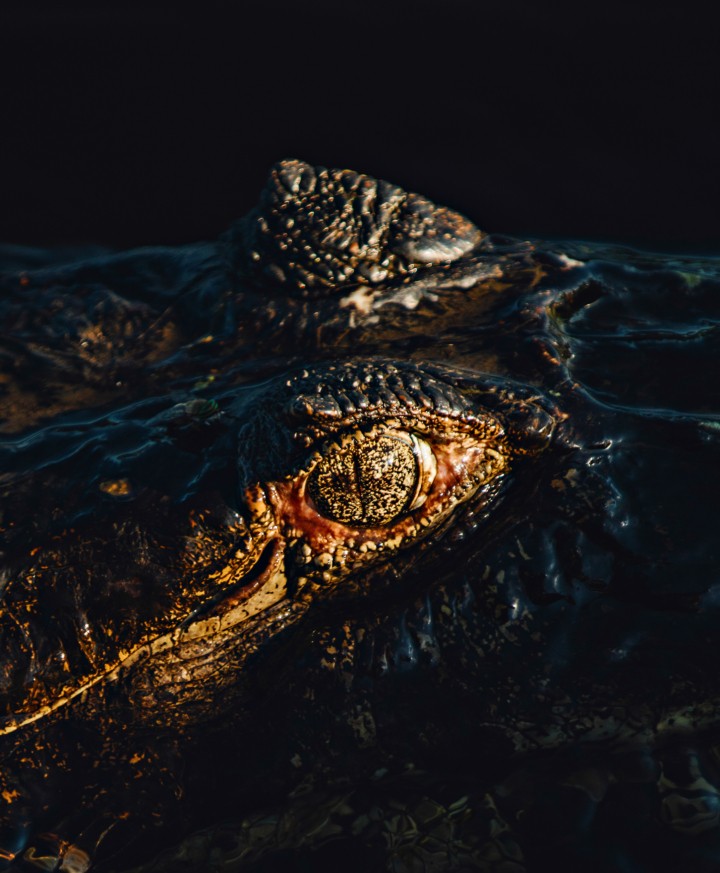
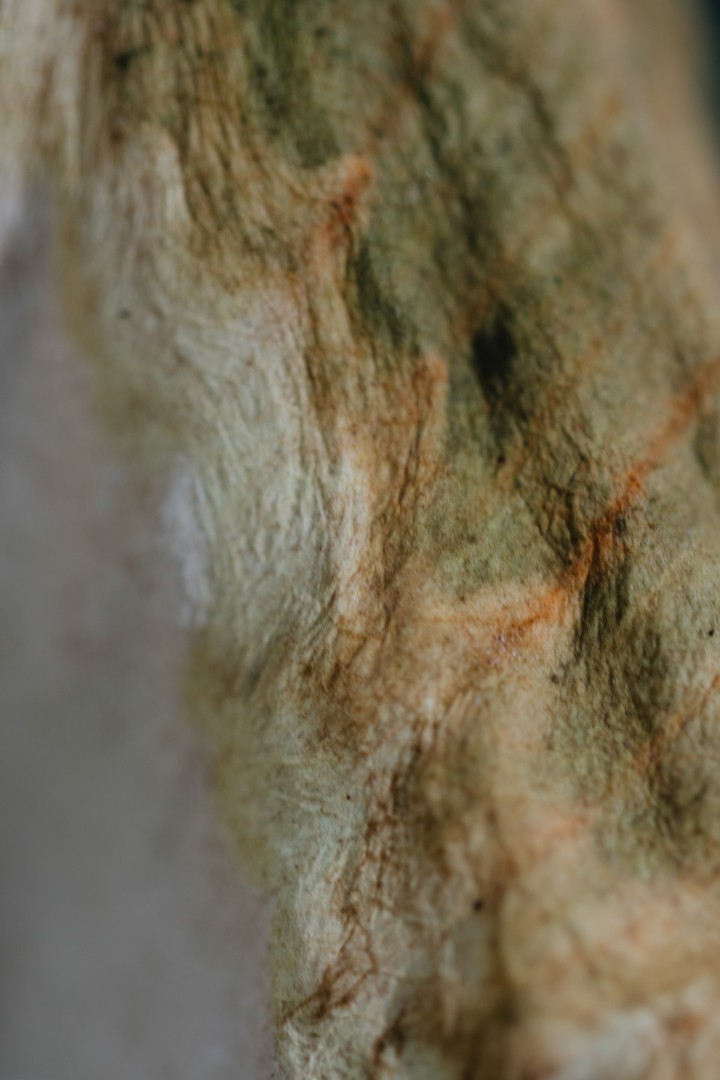
In Brazil’s Atlantic Forest, Gleeson Paulino Paints a Picture of Symbiosis
